
The United Nations was built upon the principles of peace, dignity and equality. These are the pillars that have guided the organization’s operations since 1946. Since then, it has managed to oversee countless peacekeeping missions as well as efforts to curb the destruction of the planet. More than that, the UN has given the planet a platform to come together on issues that affect everyone. So far, the organization has made inroads to reduce poverty, hunger and war around the world. Each agency within the organization is aimed at creating sustainable solutions to modern problems through international cooperation at the highest level. As much as the UN operates globally and has been influential in its efforts, it does so in an advisory capacity, rather than as an enforcer of rules. Apart from being a post-WWII effort toward cooperation, peace and support, the United Nations has also been instrumental in other areas. Here are some interesting facts you may not know about the organization in nearly 75 years of its existence.
The UN has a presence all around the world
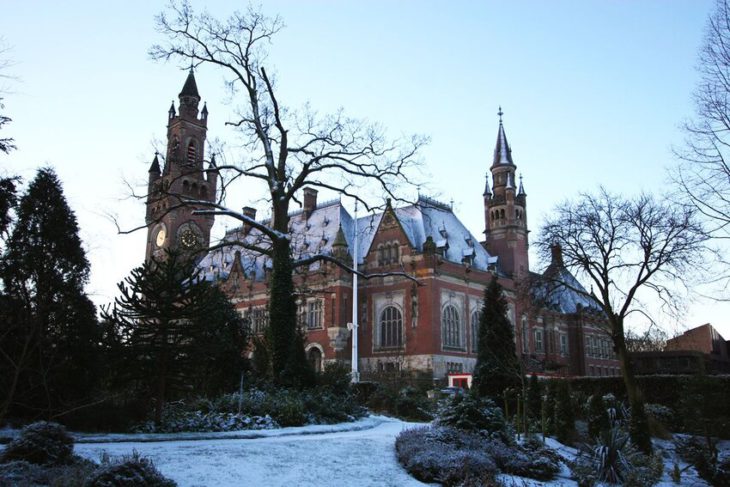
The UN’s main mission has always been to promote international peace and coalition between countries from every corner of the globe. In doing so, it has been able to maintain international cooperation for the betterment of society as a whole and the protection of the planet. As it stands, The UN is made up of 193 Member States that work together to bring about this mission of peace and improving the lives of everyone, everywhere. The UN has its work divided into five geographical regions, Africa, Americas, Asia, the Pacific, Europe, Central Asia and the Middle East. The UN manages to carry out its mission through smaller bases all around the world, as well as its three regional headquarters. Two of which are situated in Europe, in Geneva, Switzerland and The Hague in the Netherlands. Only one can be found in Nairobi, Kenya, which is part of the African region. The General Assembly meets in September every year at the organization’s main headquarters in Manhattan, New York City.
The General Assembly’s location wasn’t always static
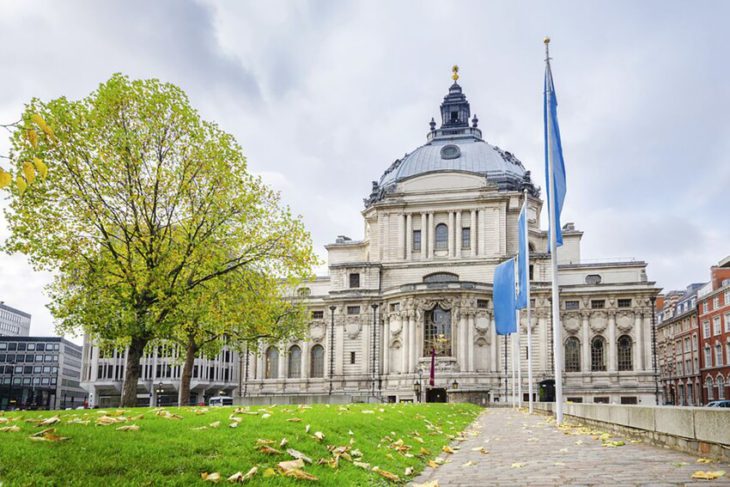
The UN has made its mark as the largest international organization in the world, not only because it has headquarters everywhere but also because the General Assembly wasn’t always held in one place. Before the General Assembly planted its headquarters in New York City, it was held in a number of different locations. The first-ever session took place in 1946 at the Methodist Central Hall in London. The second session occurred in New York and the third took place in Paris. Although it does not move around anymore, back then, there wasn’t much of a choice. The organization was formed just after the Second World War had ended and before their headquarters were built in Manhattan. The General Assembly simply had to make do with what they could. These days, however, the UN General Assembly Hall sits comfortably in New York City, overlooking the East River. Leaders from all 193 Member States travel there every year to discuss world issues and to organize major international peacekeeping efforts.
There are 1121 UNESCO world heritage sites
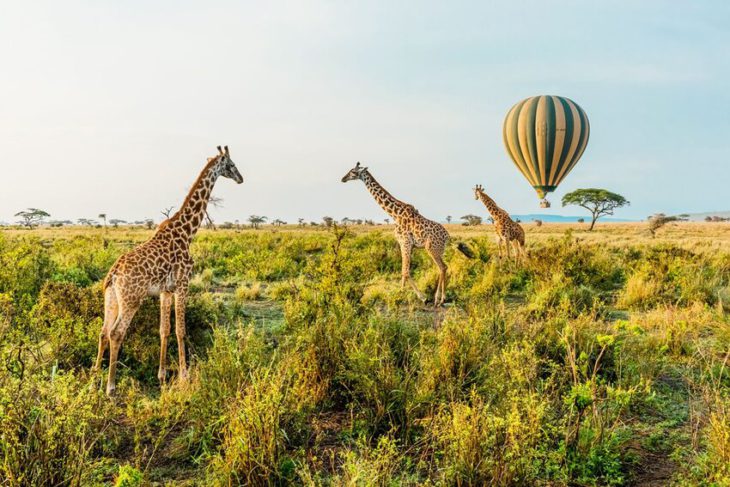
The world has so many beautiful landmarks and sites to behold, and who better to document, protect and appreciate these natural and cultural heritage sites than the UN. The United Nations Educational, Scientific and Cultural Organization (UNESCO) is an agency within the organization that carries out the UN’s main mission of international cooperation and peace through education, science and culture. Their most notable effort in this regard is the UNESCO World Heritage Sites. Almost every country in the world has a declared UNESCO heritage site. These sites are often deemed the most spectacular naturally occurring wonders and man-made creations that a country has to offer. World heritage sites attract lots of attention and provide the opportunity to boost a country’s tourism. UNESCO has declared 1121 world heritage sites since the first in 1976, which include some of the more famous attractions like The Taj Mahal, the Great Barrier Reef and The Great Wall of China, to name a few.
Italy and China are home to the most heritage sites
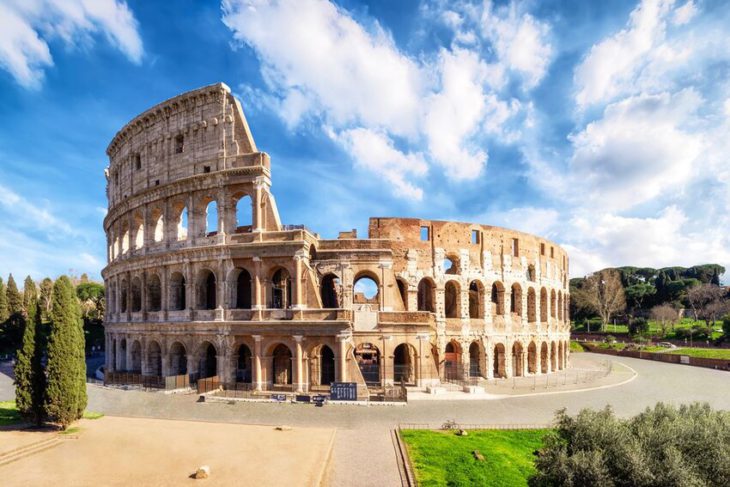
Other than having rich cultural and historical significance in the world, Italy and China share something else in common. They are the two countries with the highest number of heritage sites. It is perhaps because of their rich histories that they share this title. The heritage sites littered all over these countries are both cultural and naturally occurring. By number, China has 37 cultural, 14 natural and 4 mixed heritage sites across the country, with a total of 60 on a tentative list. Italy, on the other hand, boasts 50 cultural, 5 natural and a list of 40 tentative heritage sites. Italy has a much higher concentration of heritage sites to offer, as it is a much smaller country in size than China. But, that’s not to say one has more to offer than the other as both countries offer many other beautiful sites, including vast landscapes, cultural and historical museums as well as architecture and design.
World heritage sites aren’t simply named
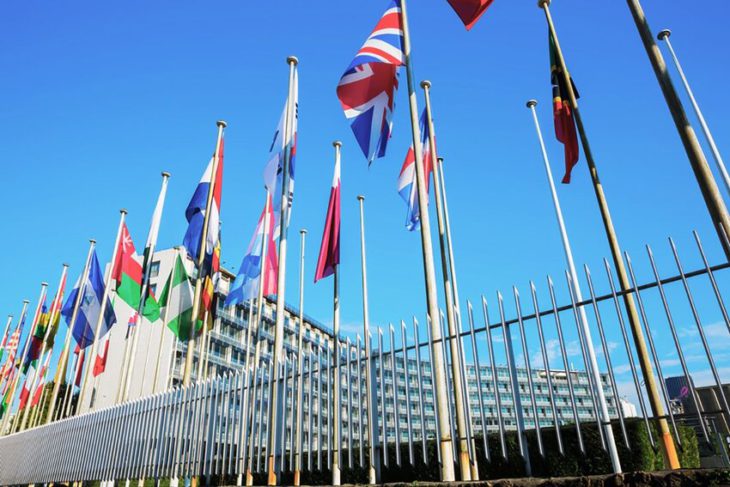
What you may not know about the UNESCO heritage sites is perhaps the most interesting thing about them. As beautiful and wondrous as a site may be, UNESCO does not just declare it a world heritage site. There is a meticulous nomination process that goes into deciding which countries have the best sites worthy of the title. Before 2004 heritage sites were judged based on 6 cultural and 4 natural criteria. To be declared a world heritage site today, UNESCO stipulates that the site should be of outstanding value and should meet at least one out of the ten criteria points they list. There is a tentative list of sites pending declaration as well. As mentioned above, if you combined the tentative list for Italy and China, that number is about 90. In the grand scheme of the planet may not seem like much, but considering how many they already have, that’s quite the achievement. UNESCO takes the time to carefully consider each heritage site to ensure that it reflects creative genius and or profound cultural value.
27 countries haven’t made the list just yet
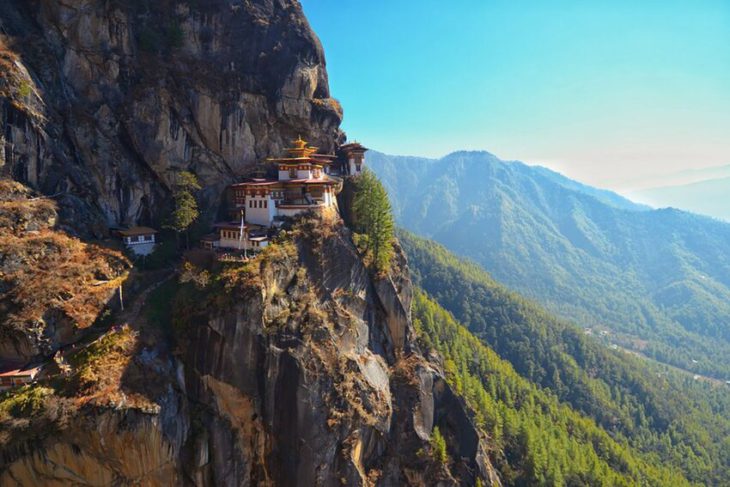
Despite having rich histories and vast landscapes, there are some countries that don’t have any UNESCO heritage sites to offer just yet. While there are many to choose from elsewhere, places like the Kingdom of Bhutan, with its monasteries stretching high up into the Himalayas, aren’t on the list. Although it might’ve been snubbed in this regard, it is still considered by travelers to be a magical and serene place. A few countries in Africa haven’t got any heritage sites either, like Somalia and Rwanda. They say beauty is in the eye of the beholder and nowhere is this saying more true than in this instance. Only one European country has no UNESCO heritage sites, which may be no surprise to some because it is so small. What it lacks in heritage sites, the Principality of Monaco makes up for in opulence and sea-side views, which seems to offer tourists more than enough to see and do.
UN ensures flight safety
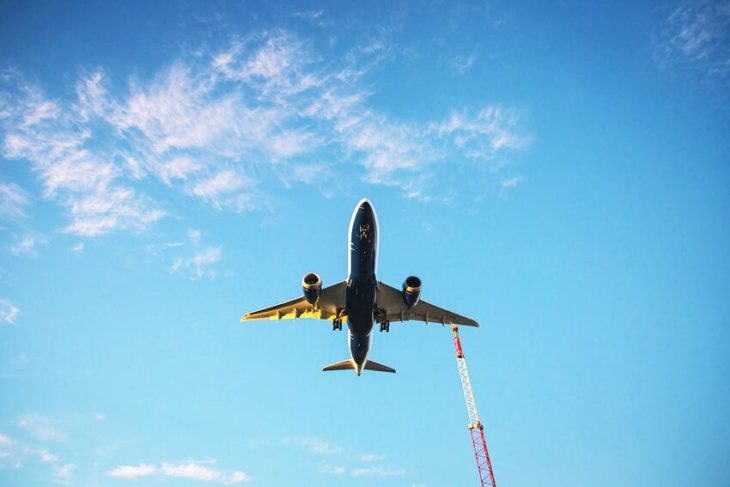
The many branches of the UN operate independently of each other to ensure that their mission is achieved in all areas, from global economic growth to the preservation and protection of heritage and cultures. This organization, like no other global entity on the planet, continually searches for ways to both the way things are while also encouraging sustainable planning and execution of their policies. Through their specialized agency, the International Civil Aviation Organization (ICAO), the UN is able to push forward its vision to grow the global civil aviation system in a sustainable way. The ICAO is on a mission to enhance global travel without having a negative impact on system safety, efficiency and the environment. They hope to see and oversee a doubling in air travel capacity by the year 2030. It also aims to see an improvement in the number of fatalities as a result of air travel, which will encourage the predicted growth in global aviation.
UN promotes sustainable travel

Interest in travel and tourism has grown in recent years. This is expected to continue in the future and it’s an opportunity for socio-economic growth. The World Tourism Organization (UNWTO) is an agency of the United Nations that is dedicated to promoting sustainable travel and economic growth through tourism. Their mission is to level the playing field in this sector and to encourage the prioritization of tourism in national and international policies. Tourism is quickly becoming one of the major players in international commerce. That is why sustainable travel is the ultimate goal in their efforts toward sustainable development, in an effort to extend the longevity of a tourism-led economy. Mainly their efforts are bolstered through knowledge exchange and creation. Sustainability through tourism can be achieved through the proper use of environmental resources. On the other hand, the UNWTO sees tourism as one of the best tools for reducing poverty and empowering member states. Partnerships with local tourism providers, the private sector and civil society, as well as the UN system, are going to be integral to achieve responsible, sustainable and competitive tourism.
The Presidency of the UN Security Council changes monthly
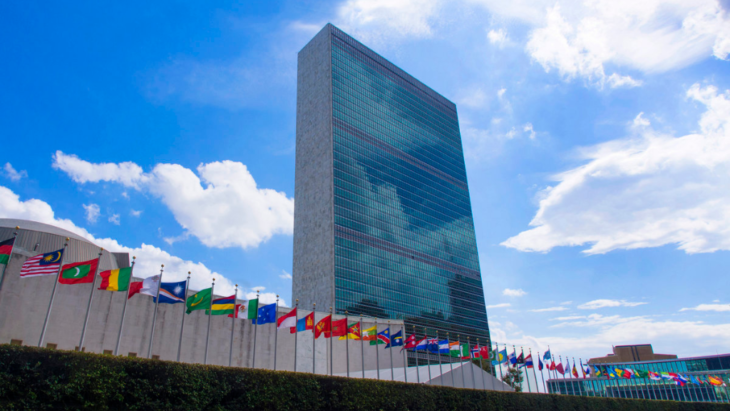
There are five main organs of the United Nations, the Security Council being one of them. It is the Security Council’s duty to maintain international peace and security. It is this branch of the UN that is tasked with monitoring and determining the existence of threats to peace. The Security Council has the ability to engage parties in a dispute to settle matters peacefully. In some cases, the more extreme ones, it has the authority to impose sanctions. More often than not, the UN Security Council has had to deploy peacekeeping forces to regions under civil unrest and strain. Unlike other branches of the UN, the Security Council elects a new president every month. Each member gets a turn, and the members are rotated in alphabetical order. Under the UN Charter, the Security Council is allowed to make decisions that members may then be obligated to adhere to. This is the most powerful branch of the UN because it deals with matters of security and peace.
The UN Security Council has 5 permanent members
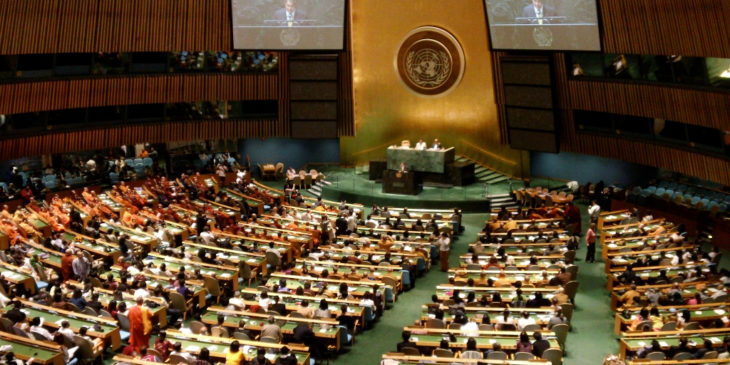
The UN Security Council has 15 members. 10 of which are non-permanent members, so they can be rotated through to accommodate everyone, the picture of diplomacy. The remaining 5 Security Council members are permanent and they include the United States, the United Kingdom, China, Russia and France. These 5 permanent members are also the only ones in the entire organization that have the veto power. This means that they are able, if they wish, to “overthrow” any resolution. Although the Security Council president changes every month between members, the 10 non-permanent members are re-elected every two years. This is another area that makes use of the UN’s key mission for diplomacy and international cooperation. Every process down to every last member is done in such a process that allows fairness and objectivity to take place. It is also the agency that oversees the recommendation of new admissions, including the position of Secretary General. Together with the General Assembly, it is also the Security Council’s duty to Judges of the International Court of Judges, located in The Hague.
